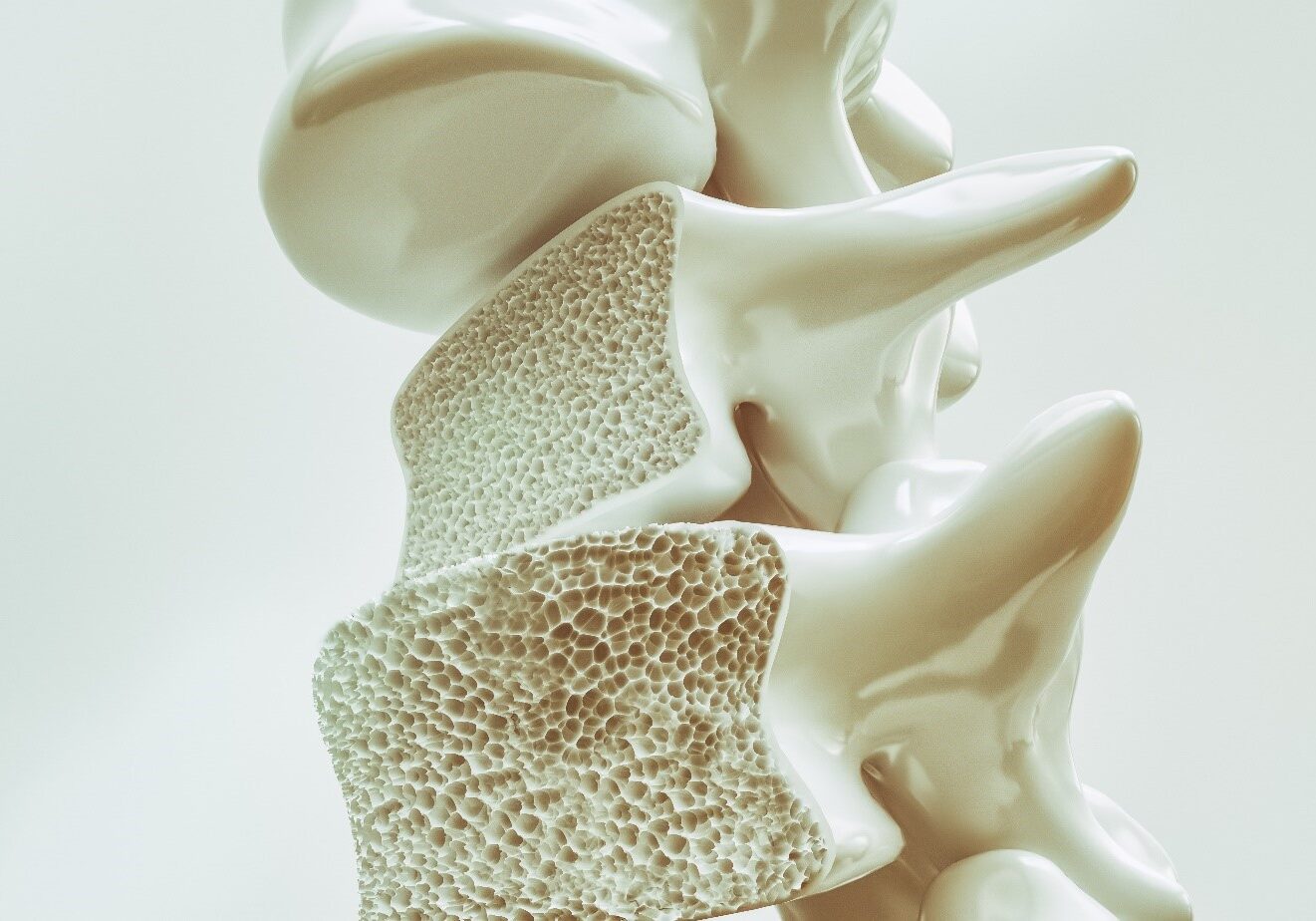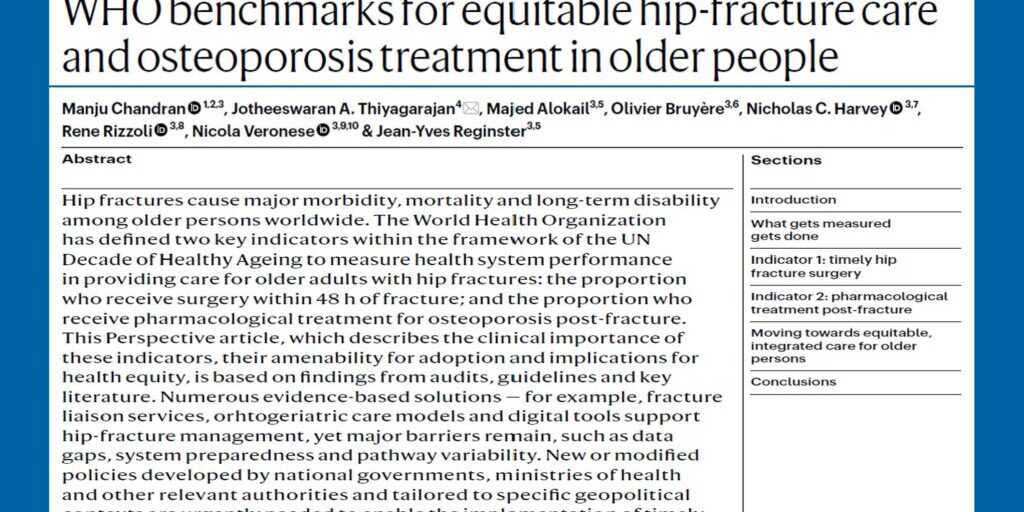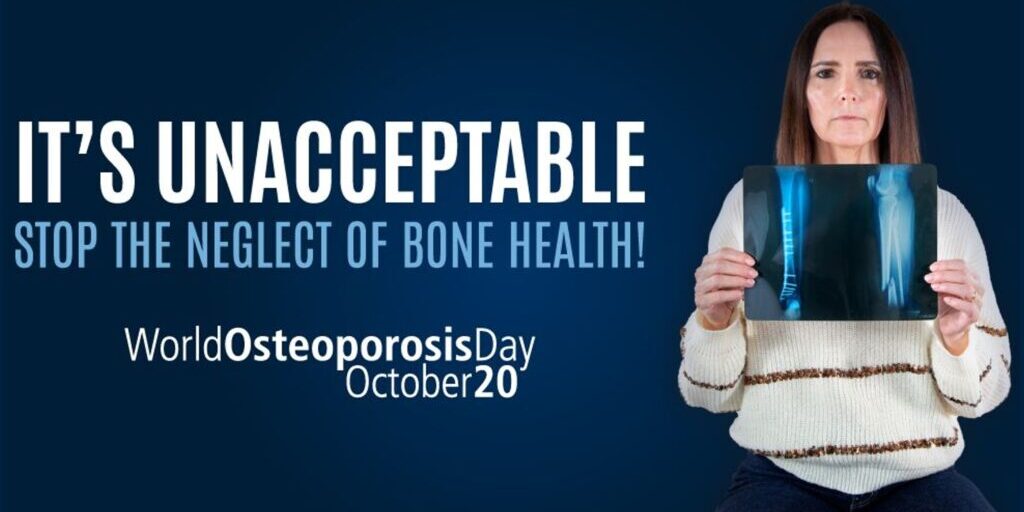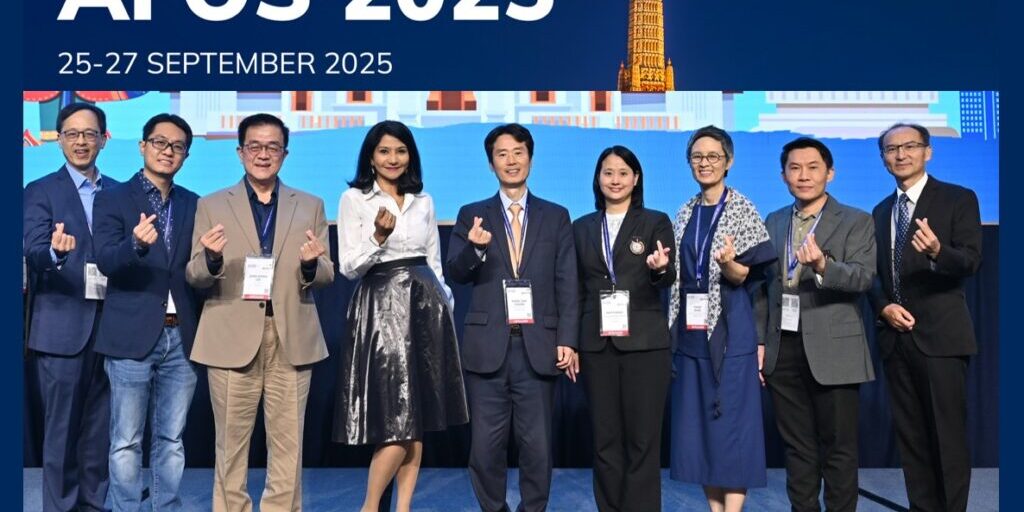As APCO works towards a pan-Asia Pacific Framework for the introduction and implementation of minimum clinical standards for the screening, diagnosis and management of osteoporosis, the key approaches taken for development of a similar guidance in Europe can serve as valuable lessons.
National guidelines in Europe, like in the Asia-Pacific, tend to be heterogenous in terms of scope and recommendations made, are sometimes outdated, and may lack key clinical guidance, including on adherence to treatment. In an effort to support advances in the quality of national guidelines, the International Osteoporosis Foundation (IOF) and the European Society for Clinical and Economic Aspects of Osteoporosis, Osteoarthritis and Musculoskeletal Diseases (ESCEO) worked to develop and publish the ‘European guidance for the diagnosis and management of osteoporosis in postmenopausal women’.
This important guidance, updated in 2018, supports the development of national osteoporosis clinical guidelines in Europe by providing a state-of-the-art template and outlining clear and concise standards of care for those at high risk of sustaining fragility fractures. The approach taken by IOF and ESCEO in the development of the European guidance also provides helpful ‘lessons learned’ which could inform the development of the APCO Framework.
The following four main considerations were key to guiding the successful development process in Europe:
- Collaboration: The collaborative relationship between IOF and ESCEO was central to success. From the start, IOF and ESCEO experts working on the guidance ensured that roles and responsibilities and the parameters of the initiative were clearly defined.
- Leadership and teamwork: Leadership for the initiative was established from the outset and all contributors functioned as an effective team.
- Close analyses and pragmatic decisions: Healthcare provision, in general, and osteoporosis care in particular, is heterogeneous across Europe. In a first step, close analyses of existing guidance in each country identified variation. Then a broadly acceptable bottom-line regarding minimum standards was agreed upon. This step required that the decisions made, be pragmatic, while remaining inclusive.
- Setting a focus from the onset: Being focused from the onset on what a consensus initiative can achieve was important.
By working together in the Asia Pacific, with the European experience in mind, we can look forward to the development of an APCO framework for osteoporosis that will truly facilitate improved prevention and management for at-risk individuals. This will ultimately serve to alleviate the high societal and personal costs posed by osteoporosis to healthcare systems and patients across the Asia Pacific region.
Dr Philippe Halbout, CEO, International Osteoporosis Foundation






